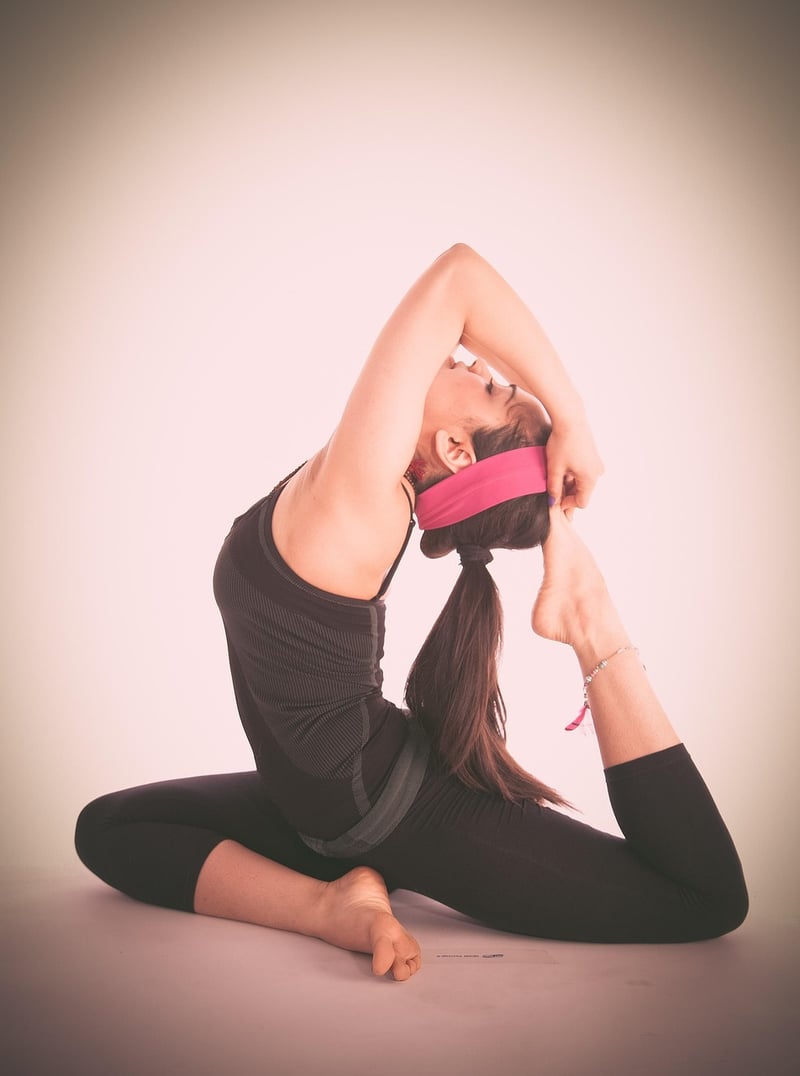Balance & Stability
Harmonizing Physical & Mental Balance for Stability

Striking a balance between physical and mental well-being is essential for overall stability in life. When both aspects are in harmony, individuals can achieve a sense of equilibrium that promotes health and happiness.
The Connection Between Physical and Mental Health
Physical and mental health are intricately connected. Engaging in physical activities such as exercise, yoga, or sports not only improves physical fitness but also has profound effects on mental well-being. Exercise releases endorphins, also known as "feel-good" hormones, which can help reduce stress, anxiety, and depression.
Practical Tips for Harmonizing Physical and Mental Well-being
- Exercise Regularly: Incorporate physical activity into your daily routine to boost both physical and mental health.
- Practice Mindfulness: Engage in activities like yoga or meditation to promote mental clarity and reduce stress.
- Eat a Balanced Diet: Fuel your body with nutritious foods that support both physical and mental functions.
- Get Adequate Rest: Prioritize sleep to allow your body and mind to recharge and rejuvenate.
The Importance of Balance and Stability
Balance and stability go hand in hand with overall well-being. When individuals are physically and mentally stable, they are better equipped to navigate life's challenges with resilience and grace.
Strategies for Achieving Balance and Stability
- Set Boundaries: Learn to say no to things that overwhelm you and prioritize activities that bring you joy.
- Cultivate Self-Care Habits: Take time for yourself to relax, unwind, and recharge.
- Seek Support: Don't hesitate to reach out to friends, family, or professionals for help when needed.
- Practice Gratitude: Focus on the positive aspects of your life to cultivate a sense of contentment and balance.
By consciously harmonizing physical and mental well-being while striving for balance and stability, individuals can lead fulfilling and enriching lives.
Image Source: Pixabay
